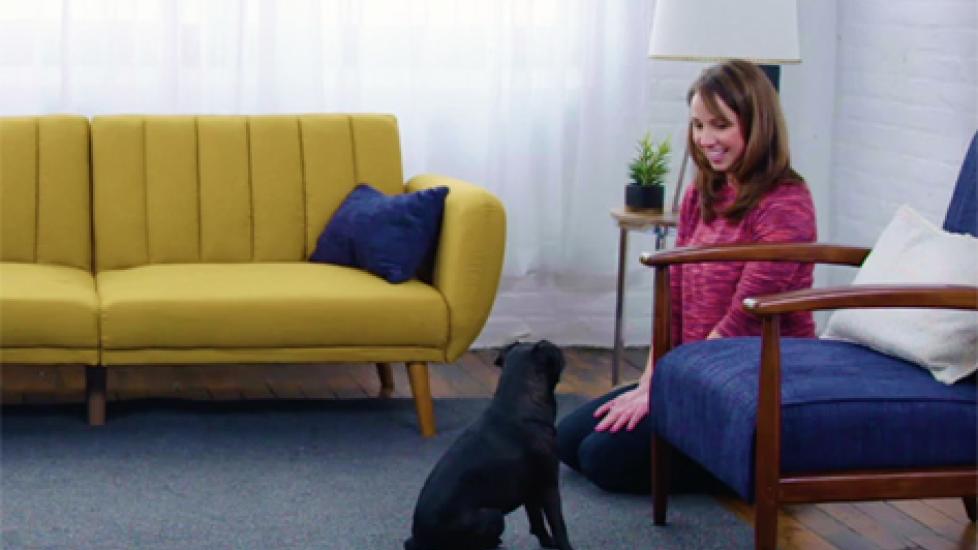In the world of pet ownership, few skills are as crucial—or as challenging to teach—as the command “come.” This simple yet powerful word is a cornerstone of responsible dog training, ensuring not only your pup’s safety but also enhancing overall obedience and communication between you and your canine companion. With patience, consistency, and an understanding of your dog’s natural instincts and behavior, teaching them to come when called is within reach for any dedicated pet owner. Here’s how:
Understanding the Challenge:
Dogs have an instinct to roam and explore their surroundings, which can make it difficult for them to resist the urge to chase squirrels or sniff intriguing scents instead of coming back to you on command. However, by breaking down the process into manageable steps and using positive reinforcement techniques, you can gradually build up to reliable recall even in the face of distractions.
Start with Basics:
Before diving into formal recall training, establish a strong foundation of trust and respect through basic commands like sit, stay, and heel. These will help your dog understand that following your instructions leads to rewards and happiness.
Choose the Right Time:
Timing is key. Begin your training sessions during times when your dog is naturally eager to please and less distracted, such as after a rest period or before they become overly excited.
Create a Positive Association:
Use treats and praise liberally to reinforce correct responses. Every time your dog comes to you, shower them with affection and give them a small treat. This creates a strong incentive for them to respond promptly in the future.
Master Distraction-Free Recall First:
Practice recall in controlled environments where there aren’t many temptations around. Once your dog has mastered this in the comfort of your home, slowly start introducing more distracting elements during walks or playtime at the park.
Progressive Stages:
Gradually increase the distance between you and your dog while giving the command. Start close enough that they can easily hear you, then move further away once they consistently respond well.
Consistency Is Key:
Give the same verbal cue (e.g., “Come!”) every time so that your dog learns to associate it with returning to you. Don’t use different words or phrases for the same action.
Be Patient and Encouraging:
Even if your dog doesn’t get it right immediately, remain calm and supportive. Dogs can sense frustration, which may discourage them from trying again. Instead, try to see progress in smaller increments.
Make It Fun:
Turn recall practice into a game with regular reward breaks. Use toys or favorite activities to engage your dog and keep things interesting. The more enjoyable the experience, the faster learning occurs.
Avoid Common Pitfalls:
Don’t call your dog too often just for fun without rewarding them each time; otherwise, the command might lose its effectiveness due to overuse. Also, never call your dog to discipline them, as this could create negative associations with the command.
Professional Help If Needed:
If you find yourself struggling despite consistent effort, consider seeking assistance from a professional trainer who can provide personalized guidance tailored to your dog’s needs.
By following these steps and being attentive to your dog’s individual personality and learning style, you can train your furry friend to return to you joyfully whenever called upon, strengthening both your bond and their ability to navigate the wide world safely under your care.
